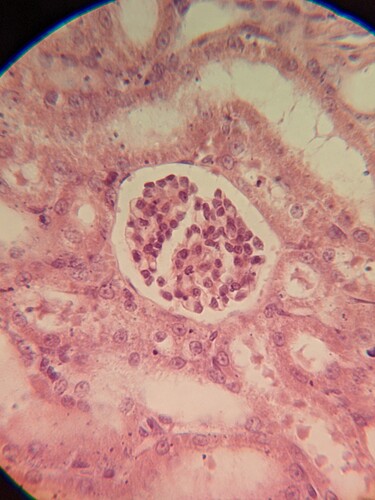I’m in the process of choosing a stereo and a compound microscope. I was initially looking at beginner level, fairly basic models, but have been advised to buy something more advanced and future proof. (I’ve joined a mycology microscopy group and am receiving support from members.) Once, I’m familiar with the basics I will likely want to take photos. If, so, is it there any advantage if both microscopes are trinocluar or can one be binocular?
I have one and it is a waste for me. The best photos I ever take is with a pocket camera pressed to the eyepiece
It is probably not a good idea to keep placing any camera on and off a mount, this done without a lens connected, so you need the right sort of camera anyway
Think hard and ask around about using your phonecam for micro-purposes
One thing to consider is that most cameras are set to save power by shutting down (I found that really annoying). They can be set to a long period but that will run down yr battery very quickly and you will forget when out in the field.
.
Really helpful, thanks. I wasn’t aware it was possible to take photos via the eyepiece.
All my invertebrates close-ups are by holding the camera against the eye piece of a dissecting microscope. There isn’t much depth of field and using a mid-tone matt background helps. Many of the specimens are submerged in the alcohol preservative, which cuts out bright reflections but can make the colours different from on a dry specimen.
The same method can work on high magnification compound microscope (e.g. have I posted any fungal spores?) but is more hit and miss. It uses transmitted light so you are basically shining the lamp into the camera. So I zoom in to cut down the total light coming in and get some contrast in the image.
The quality of the lenses determines the result.
I have a good quality, old, second-hand compound microscope. No trinocular camera options when it was produced.
I recently bought an adapter to hold the phone steady at the eyepiece and this is the result from a prepared histology slide.
I bought another, differently designed adapter for my Zeiss binocular. This is a post with an example. Bryoria fuscescens | Observation | Global | iSpot Nature
I am pleased with the results.
Have you looked at the various second hand options such as: Where to buy used microscopes in the UK – Quekett Microscopical Club
Universities/commercial labs and similar do sometimes change their microscopes so always worth asking somewhere local about this. Modern research microscopes have many attachments for different light sources, automatic stacking, and of course digital imaging. These options have been available for at least 10 years so might even find this kind of thing second hand.
It is the objective lens that can be the most important but choosing a good one can be complex as there are number of things to consider. All other things being equal then the bigger aperture the better but all other things are rarely equal.
In the Quekett website is Understanding the microscope: item 12 may be worth reading.

